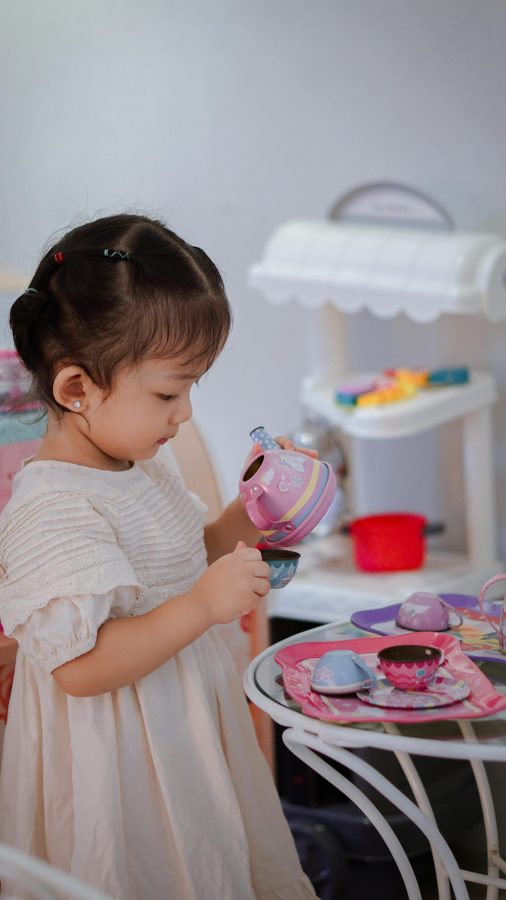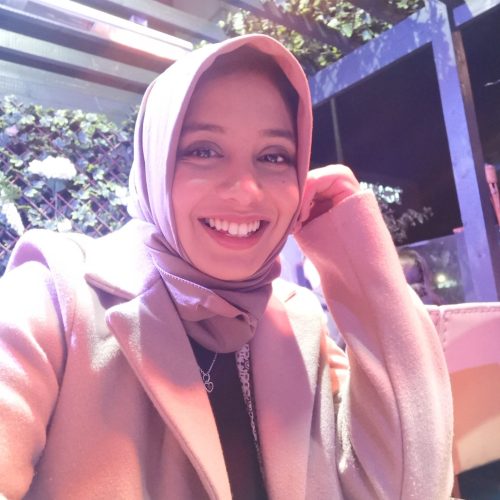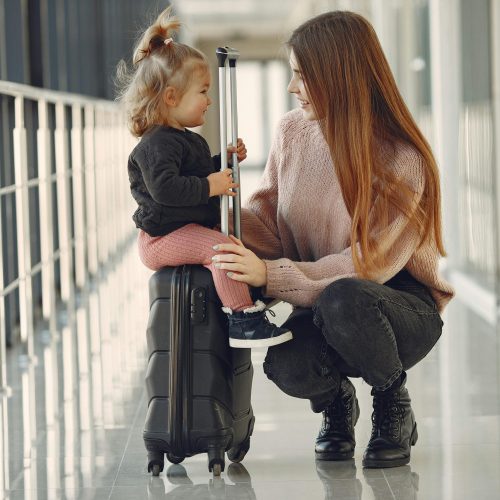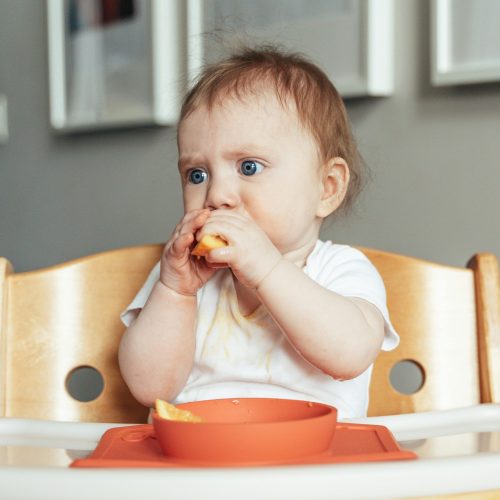The 2 to 3 year stage is when toddlers truly begin to bloom. This is the age where their imagination takes off, their vocabulary expands (sometimes in surprising ways), and their personalities shine through. Whether they’re pretending to cook an elaborate dinner or building a tower taller than themselves, toddlers at this stage are busy exploring their creativity and expressing themselves in new and exciting ways.
My daughter was particularly drawn to imaginative play at this age. She’d spend hours in her little world, hosting tea parties or cooking imaginary meals. It was also during this time that we focused a lot on language development, as she had a bit of a language delay. Tools like flashcards and interactive books became invaluable in supporting her emerging communication skills.
What to Look for in Toys
This stage is all about tapping into your child’s creativity, supporting their budding independence, and encouraging communication. Toys that foster imaginative play, hands on exploration, and emerging language skills are perfect for this age group.
Here’s what works best:
Imaginative Play Toys: Play kitchens, toolkits, and dress up sets help toddlers explore new roles and express their creativity.
Language Development Tools: Flashcards, interactive books, and storytelling aids encourage emerging vocabulary and communication skills.
Building and Creative Play: Magnetic tiles, blocks, and art supplies provide open ended opportunities for hands on exploration.
Screen Free Storytelling Devices: Options like the Yoto or Toniebox introduce a love of stories and songs while minimizing screen time.
Active Play Equipment: climbing equipment or balance bikes channel their energy and support physical development.
Top Toys and Resources for Children Ages 2 to 3
1. Imaginative Play Toys
This is the age where pretend play takes center stage. Play kitchens, like this wooden set, offer endless opportunities for creativity, from “cooking” dinner to serving tea to stuffed animals. My daughter would whip up imaginary meals with the seriousness of a Michelin star chef, insisting we all take a bite. These toys also help develop social skills and foster early conversations during play.
2. Language Development Tools
Language is exploding at this age, but not all children develop at the same pace. Flashcards, like this set of picture cards, are fantastic for introducing new words in a fun and interactive way. My daughter loved turning it into a game, she’d pick a card, and we’d act out or describe the picture together. Tools like these are not only helpful for toddlers with language delays but also a wonderful way to support emerging communication skills for all children.
3. Screen Free Storytelling Devices
Devices like the Yoto or Toniebox provide a delightful alternative to screens. These tools introduce toddlers to a world of stories and songs without the overstimulation of a screen. From classic fairy tales to catchy singalongs, they’re a fantastic way to nurture a love of language and storytelling while giving parents a little quiet time.
4. Building and Creative Play
Open ended toys like magnetic tiles, blocks, or simple art supplies (think washable markers and paper) allow toddlers to experiment and express themselves. There’s nothing quite like the pride on a toddler’s face after they build a tower taller than themselves,only to gleefully knock it down seconds later.
5. Active Play Equipment
Toddlers are full of energy, and toys like climbing equipment or balance bikes, such as this lightweight balance bike, provide a healthy outlet for all that movement. They’re also great for developing balance and coordination, making them a win win for both kids and parents.
How to Play with Your 2 to 3 Year Old
Playtime at this stage is all about connection and discovery. Here are a few ideas to engage your toddler:
Dive into Pretend Play: Join in their imaginative games by “ordering” food from their play kitchen or dressing up for a royal tea party. These moments are not only fun but also a great way to encourage social interaction and language development.
Encourage Storytelling: Use a storytelling device like the Yoto or Toniebox to introduce new stories. After listening, talk about the characters and their adventures, it’s a fantastic way to spark conversations.
Explore Language Games: Turn flashcards into a game by acting out or describing what’s on the card. Make it silly and fun, it’ll keep your toddler engaged while building their vocabulary.
Build and Create Together: Use magnetic tiles or blocks to build something together, letting your toddler take the lead. Narrating the process helps expand their language skills and fosters problem solving.
Final Thoughts
The 2 to 3 year stage is a time of incredible growth and discovery. From imaginative tea parties to their first attempts at storytelling, every moment is an opportunity to nurture their creativity, independence, and communication skills.
With the right toys and resources, whether it’s a play kitchen, a storytelling device, or a simple set of flashcards, you can support their development while creating cherished memories. Sure, they’ll serve you imaginary tea in a cup that was just on the floor, but it’s the thought that counts. These moments, messy, noisy, and completely delightful, are what make toddlerhood so special.





